On June 22, the following letter was sent by email to Mayor Jim Kenney, Parks & Recreation, members of City Council, Commissioner Kathryn Ott Lovell and their respective staff. It was also hand delivered on June 20 to Ott Lovell. It is a response to various problems identified within the FDR Park Plan, completed in 2019, and set to begin implementation in July 2022. While this open letter features the original 16 signatories, the list of supporters is growing in real time.
See the original document here for the current list of supporters.
To: Mayor James Kenney, PP&R Commissioner Kathryn Ott Lovell, and members of City Council
While we are heartened by the City’s commitment to improving South Philly’s FDR Park — a highly valued green space where there is otherwise so little — a review of the Park’s “Master Plan” has left us with some questions, some concerns, and some feelings of outright opposition. The plan, completed in 2018, is in its own words, “a shared vision for our future.” We would ask, “whose future?” While the plan speaks to an extensive community engagement process, we have concerns about 1) the lack of transparency, 2) how community input is represented, and 3) how community needs have changed during/after a global pandemic.
Absent from the plan document is the racial/ethnic/linguistic distribution of the respondents. It does not report or contend with the fact that nearly 80% of survey respondents were white, and only eight (out of 1300) completed the survey in a language other than English. All too often the perspectives, voices, and needs of communities of color, immigrant and refugee communities are ill-represented in the City’s plans, even as our/their identities are invoked in the name of “diversity,” “equity” or “inclusion.” For example, the plan does not mention where the Southeast Asian Market will be relocated. While the vendors have wide support, both from their many patrons and from the administration, it currently operates without legal recognition, meaning it is unprotected from the impact of future development, such as the Master Plan.
In addition, the entire community feedback process was flawed in two critical ways. First is that community members were only allowed to choose from a narrow range of possibilities for future park uses, with sports being given high, even non-negotiable, priority. More important is the fact that the process was only one-directional, meaning that community members were never given the opportunity to verify that their interests and input were represented in the final plan.
Of the 12 “stakeholder interviews” listed by the plan, eight were with sports organizations, which becomes relevant when we look at the disproportionate allocation of space — what looks to be over half of the park — to athletic fields. This aspect of the plan is at odds with the findings of the survey, where less than half of respondents listed athletic fields as their “most desired programs and activities,” and the high priority they gave to nature. We’ve come to understand that one pretext for more athletic fields is the idea that they will contribute to a reduction in gun violence, especially for youth. Yet with private groups controlling access to the fields, these same young people will not reap the intended benefits. This pretext also misses the well-documented correlation between more green space and gun violence reduction.
Research also shows a positive correlation between food security and gun violence reduction, and yet the plan does not include urban agriculture, which has been pursued by thousands of city residents in hundreds of community gardens, orchards, and other green spaces to feed their families and communities for generations here in Philadelphia. Given the popularity of small-scale farming amongst communities of color and immigrant and refugee communities and the potential benefits of raising culturally relevant crops locally, it seems a strange option to omit.
In 2018, hardly anyone could’ve anticipated we’d be facing a global pandemic. In its wake, public space, and especially parks, became even more valuable to the people of Philadelphia. The FDR Meadows in particular has been recognized by the community for its ecological value, from forageable plants for food and medicine to regenerated habitat for more than 200 species of birds and other wildlife. Urban agriculture’s resurgence is also due in part to early supply chain issues, which revealed the need for people to have the ability to grow their own food. Given all of this, it seems misguided to move forward with a plan that was conceived before a once-in-a-century event. Even where community feedback was adequately represented in the plan — and it seems that it was not — that feedback would likely have changed since the start of the pandemic.
Finally, in the face of an emergent climate crisis, when we need to be expanding green space, growing more trees, and programming natural spaces to better retain floodwaters and mitigate the heat island effect, leveling half of the park to create flatland for athletic fields and other destructive infrastructure is moving us in exactly the wrong direction. While the plan’s ecological core stands to mitigate some of the impacts of climate change, it will not be completed for many years, and the trade-off in new infrastructure will leave us less resilient against the worst impacts in the short term.
The dubious logic of “carbon offsets” — “do good here to balance out harm over there” — does not hold water in Eastwick, as the Philadelphia Airport’s plans to create a new runway will immediately increase flood risk, while potential mitigation is years away. A change in mayoral administration will come with changes in fiscal priorities, and the funding for the project has not yet been fully secured. We could be left with a situation in which the environmental damage is done now, only for the potential benefits to be left unfulfilled later. In light of all that we have laid out here, we are calling for the Master Plan to be fully re-evaluated and reconceived in a way that is more participatory, iterative, and co-created with the people of South Philadelphia.
At minimum, we are calling for:
- A moratorium on implementation of the Master Plan pending a thorough community review process
- The public release of the full data collected (surveys, public meetings, etc.) through the original planning process, in order to corroborate public interest with features of the Master Plan
- An addendum establishing the Southeast Asian Market as an official part of the plan
- A new participatory community engagement process, facilitated by local organizations, to rethink/redo the plan in ways that reflect current needs and interests, in the wake of the COVID-19 pandemic
A new or amended process — a “People’s Plan for FDR Park” — does not have to mean scrapping the existing plan entirely. It just requires a more transparent, community-driven process to best represent the values and desires of all people in South Philly.
Sincerely,


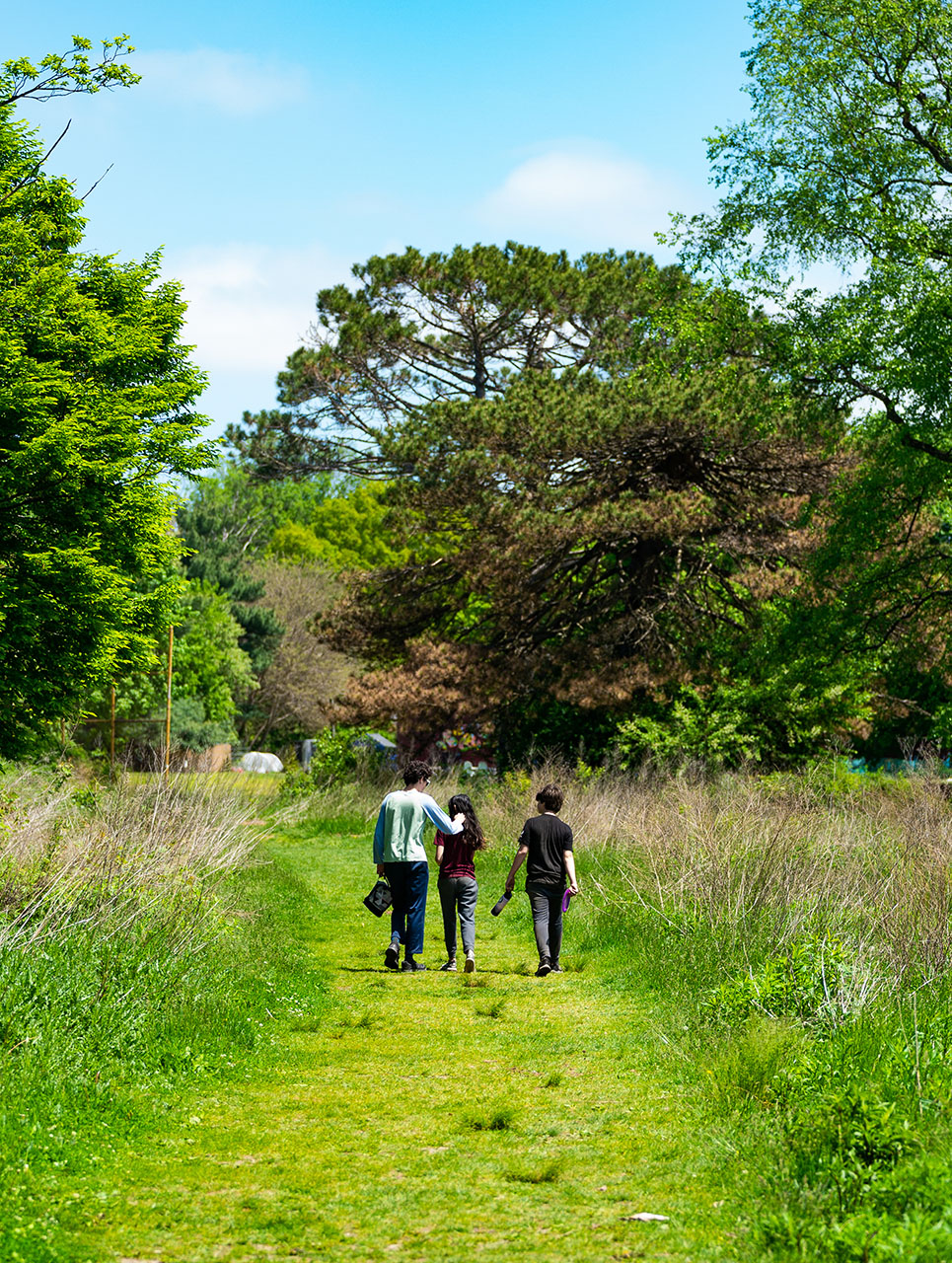
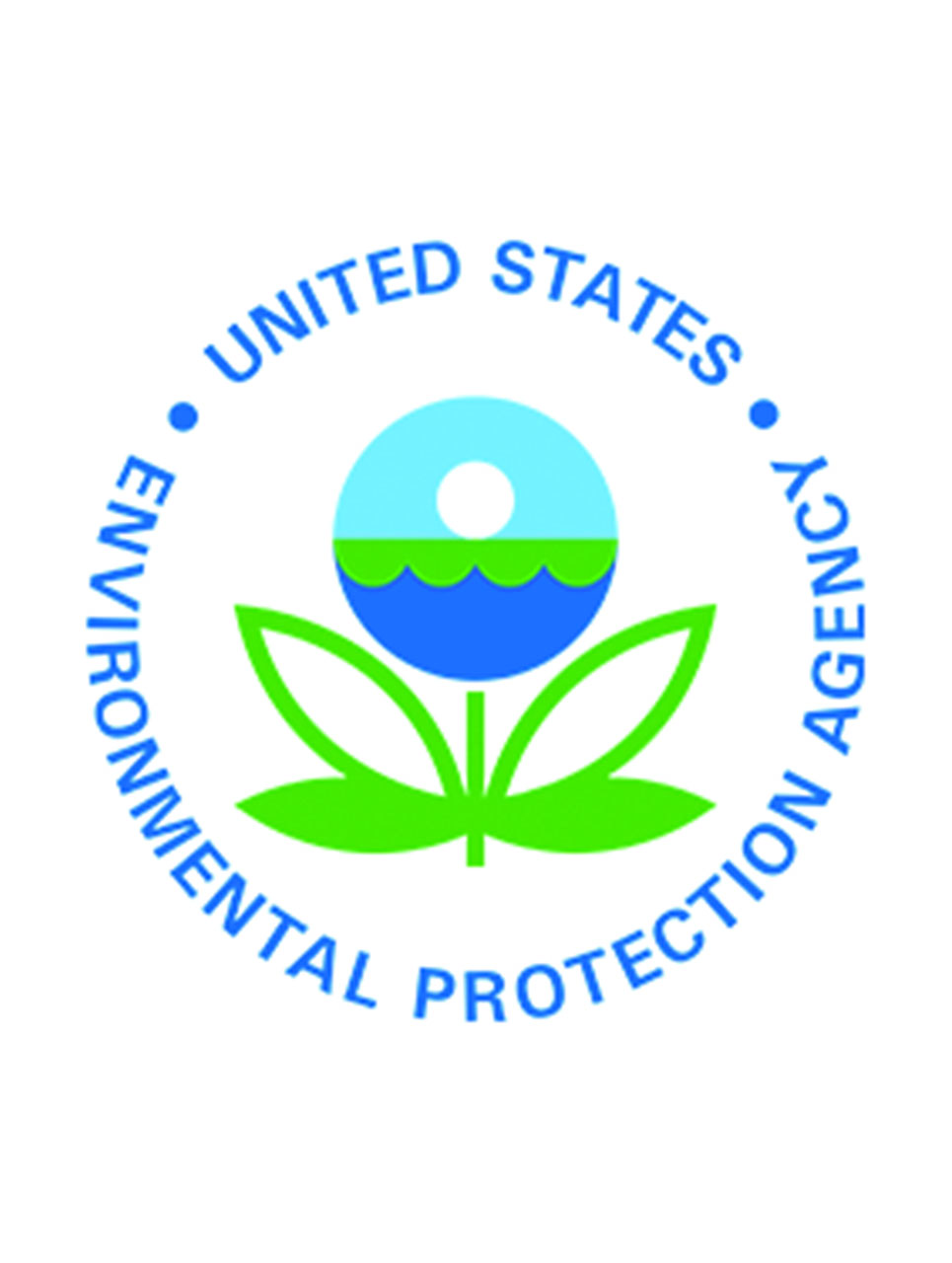
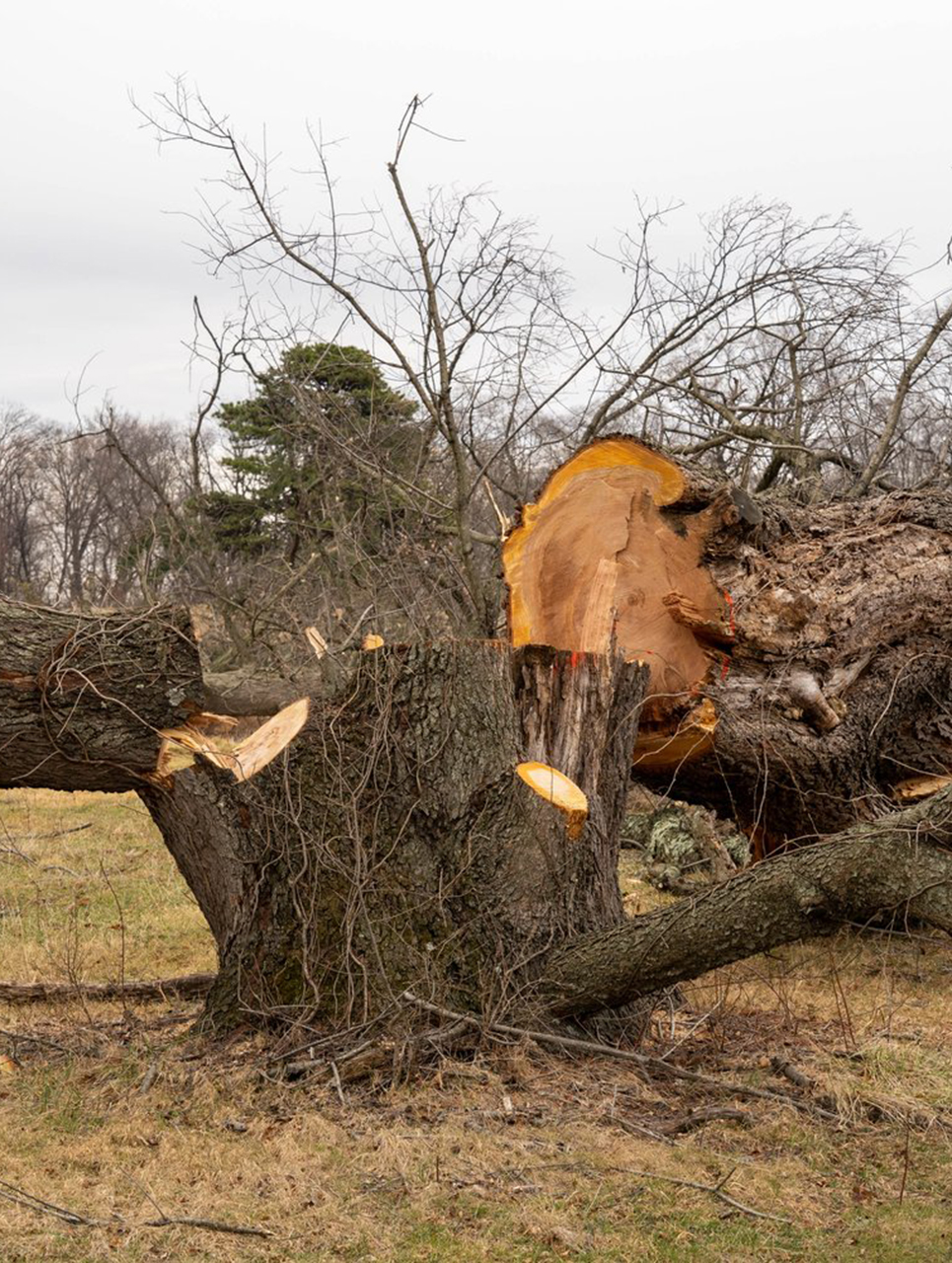
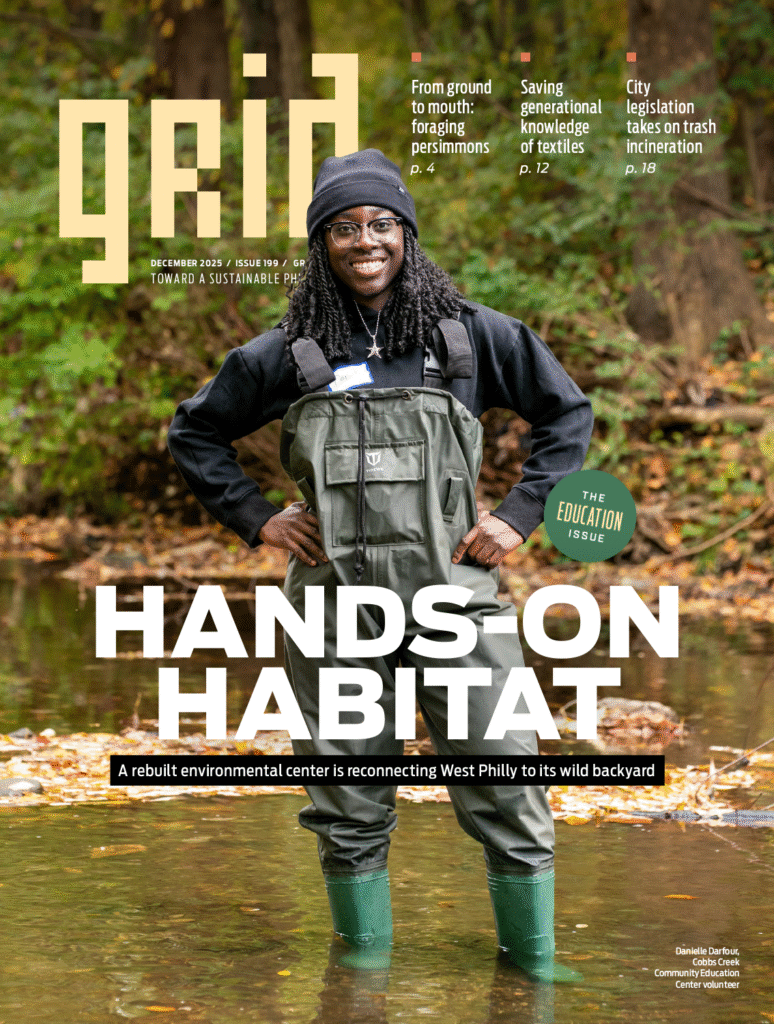
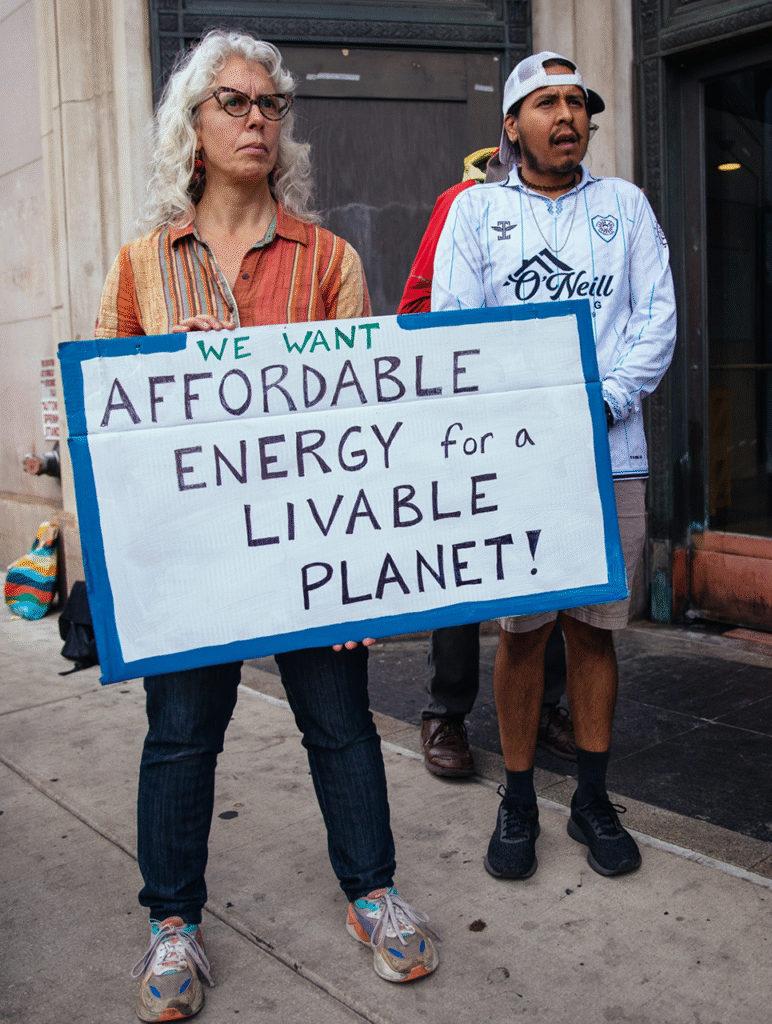
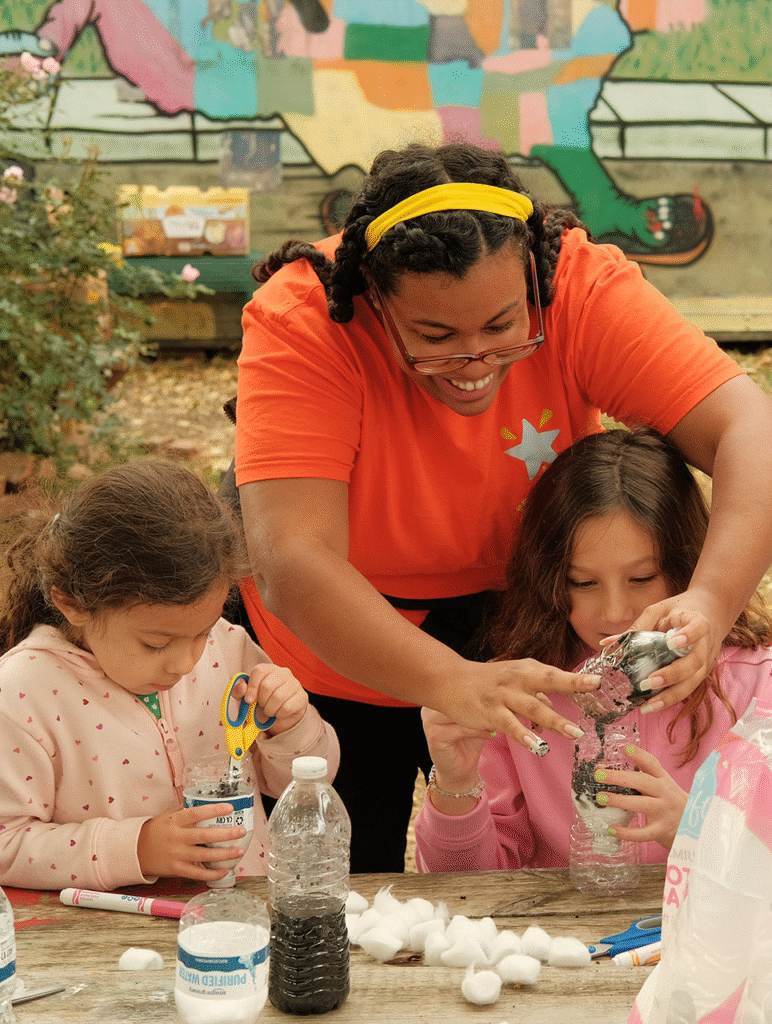
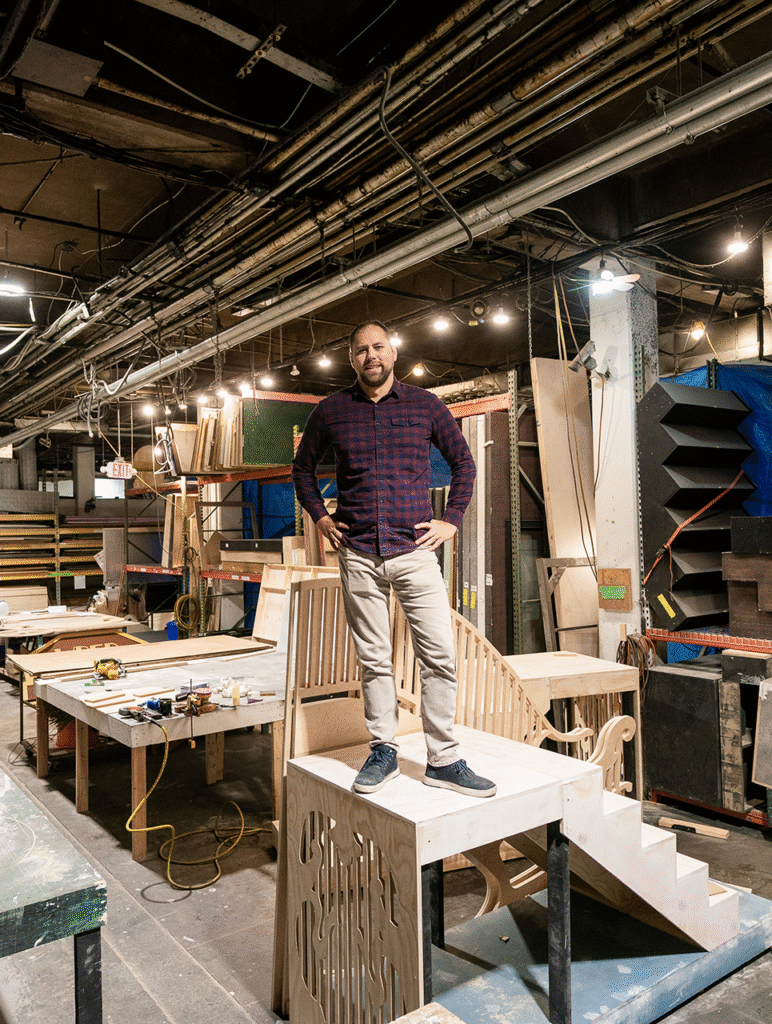

PLEASE hand-deliver this to every PHL Mayoral
hopeful and require a detailed response. Thank you.
Are there any updates? Is it true that deconstruction begins on July 1st? Will the trees be untouched during construction?
Thank you so so much for organizing this information and mobilizing to stop this development. I am 100% on board with protecting the meadows and green spaces in this city. I am not part of an organization but a devoted patron of FDR park and the meadows are so precious to me and my family. Is there a way I can help or something I can sign without being an organization?
Sorry we didn’t sign sooner! Let us know how we can throw down and support this! In solidarity, 215 People’s Alliance
Hello folx,
The new website for the People’s Plan for FDR Park is live (if still light on content for the moment). You can sign up to join our efforts whether you are an individual or organization. A number of people have been working on this, but separately, and so it’s our hope the website will help consolidate these efforts.
https://www.pp4fdr.org